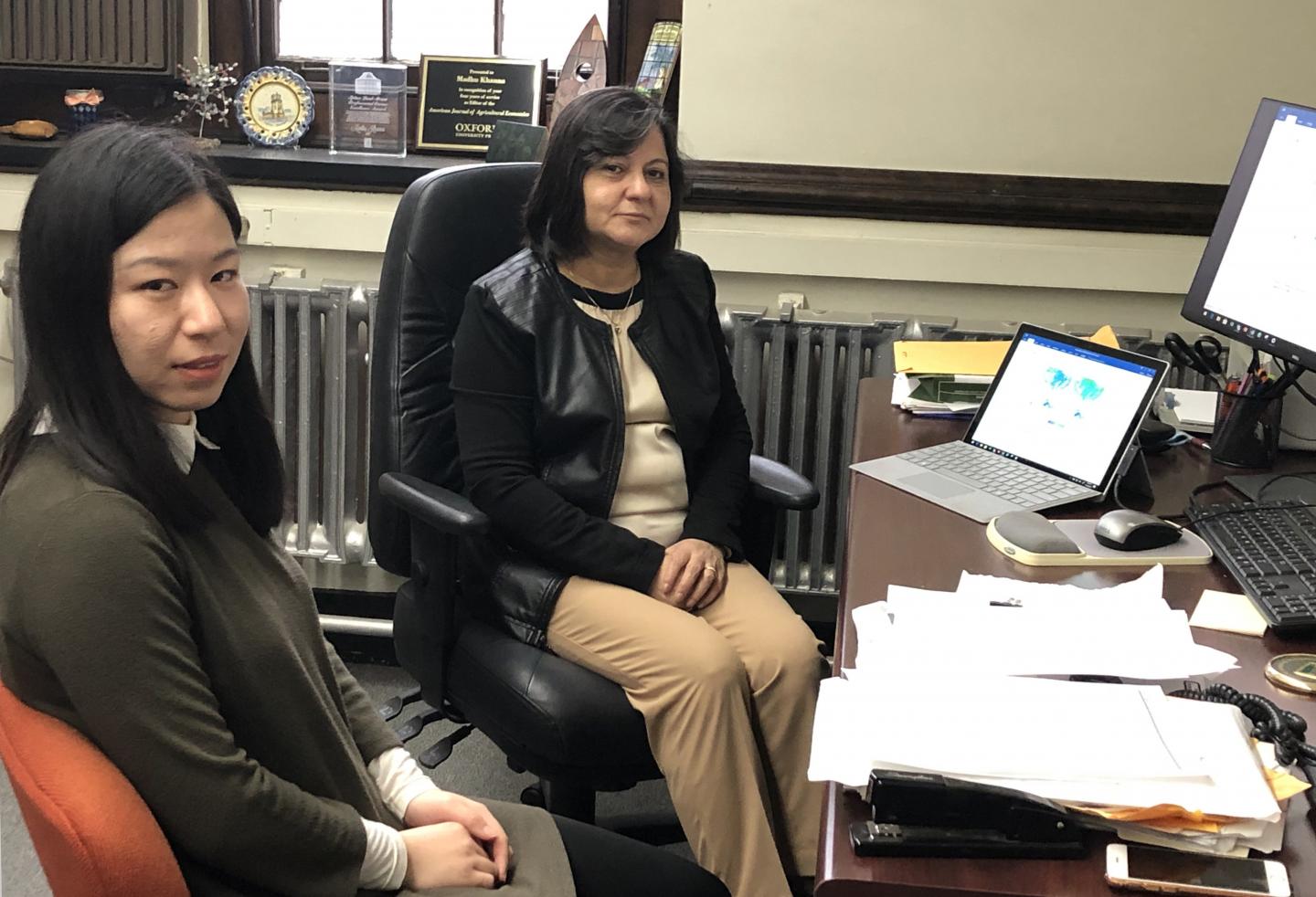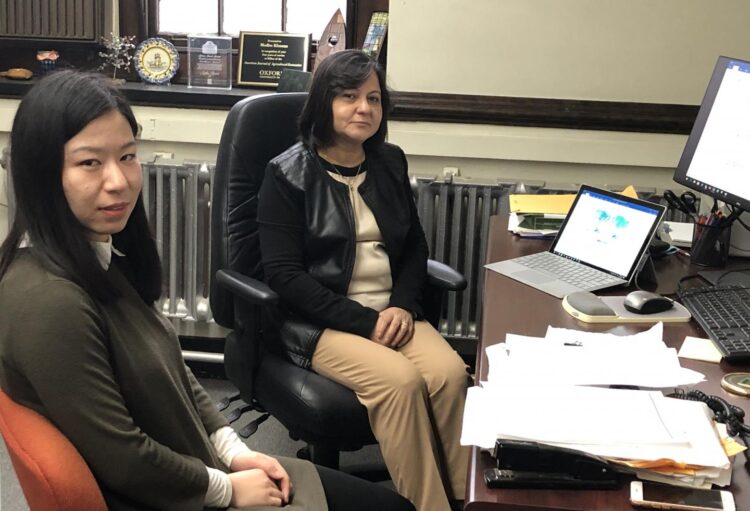
Credit: College of ACES, University of Illinois
URBANA, Ill. - Bird biodiversity is rapidly declining in the U.S. The overall bird population decreased by 29% since 1970, while grassland birds declined by an alarming 53%.
Valuable for so much more than flight and song, birds hold a key place in ecosystems worldwide. When bird numbers and varieties dwindle, pest populations increase and much-needed pollination decreases. Those examples alone negatively impact food production and human health.
Likely reasons for the far-reaching and devastating declines include intensified agricultural production, use of pesticides, conversion of grassland to agricultural land, and climate change. A new study from University of Illinois points to increased use of neonicotinoid insecticides as a major factor in the decline, says Madhu Khanna, distinguished professor in agricultural and consumer economics at U of I and co-author on the paper, published in Nature Sustainability.
Khanna says numerous studies have shown neonicotinoids – nicotine-based pesticides – negatively affect wild bees, honey bees, and butterflies, but large-scale studies on the pesticide’s impact on birds have been limited. She speaks more about the topic in a podcast from the Center for the Economics of Sustainability at Illinois.
“This represents the first study at a national scale, over a seven-year time period, using data from hundreds of bird species in four different categories – grassland birds, non-grassland birds, insectivores, and non-insectivores,” she says.
“We found robust evidence of the negative impact of neonicotinoids, in particular on grassland birds, and to some extent on insectivore birds after controlling for the effects of changes in land use.”
Khanna and co-authors Yijia Li, a graduate student at U of I, and Ruiqing Miao, assistant professor at Auburn University, analyzed bird populations from 2008 to 2014 in relation to changes in pesticide use and agricultural crop acreage.
The authors found that an increase of 100 kilograms in neonicotinoid usage per county-a 12% increase on average-contributed to a 2.2% decline in populations of grassland birds and 1.6% in insectivorous birds. By comparison, the use of 100 kilograms of non-neonicotinoid pesticides was associated with a 0.05% decrease in grassland birds and a 0.03% decline in non-grassland birds, insectivorous birds, and non-insectivorous birds.
Since impacts accumulate, the authors estimate that, for example, 100 kilograms neonicotinoid use per county in 2008 reduced cumulative grassland-bird populations by 9.7% by 2014. These findings suggest that neonicotinoid use has a relatively large effect on population declines of important birds and that these impacts grow over time.
According to the study, the adverse impacts on bird populations were concentrated in the Midwest, Southern California, and Northern Great Plains.
The researchers say the effect of neonicotinoids could result directly from birds consuming treated crop seeds, and indirectly by affecting the insect populations they feed on. Consumption of just a few seeds is enough to cause long-term damage to the birds’ reproduction and development.
The study included data on bird population and species diversity from the North American breeding bird survey, a comprehensive database with data from about 3,000 bird routes across the United States. The researchers correlated the bird data with pesticide use, as well as satellite data on agricultural crop acreage and urban land use.
They examined whether intensified agricultural production and conversion of grassland to agricultural land also contributed to the bird decline. Results showed a small negative effect on grassland birds related to cropland expansion, but no significant effect on other types of birds.
While the use of other pesticides has been flat or declining, neonicotinoid usage has grown exponentially over the past two decades. Neonicotinoids are considerably more toxic to insects and persist longer in the environment, the researchers note.
“This research provides compelling support for the re-evaluation of policies permitting the use of neonicotinoids by the U.S. Environmental Protection Agency by incorporating considerations of the implications of these pesticides for bird habitats,” the authors conclude.
###
The paper, “Neonicotinoids and decline in bird biodiversity in the United States,” is published in Nature Sustainability [DOI: 10.1038/s41893-020-0582-x].
Authors include Yijia Li and Madhu Khanna, Department of Agricultural and Consumer Economics, College of Agricultural, Consumer and Environmental Sciences, University of Illinois; and Ruiqing Miao, Department of Agricultural Economics and Rural Sociology, Auburn University.
The project was supported by Hatch funding from the U.S. Department of Agriculture (USDA), National Institute of Food and Agriculture (NIFA).
Media Contact
Marianne Stein
[email protected]
Original Source
https:/
Related Journal Article
http://dx.





